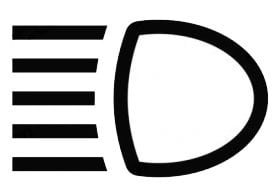Driving in Austria
Driving in Austria is relatively uncomplicated. The roads are usually extremely well maintained, signed and connected. However it is important to be prepared. There are numerous sources for tips and advice available to you online. Following is a summary of the main rules and regulations that should be met when driving in Austria, along with links for further information and reference.
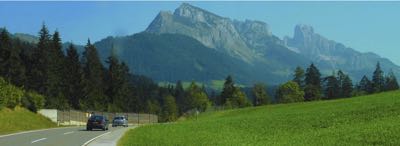
The information provided is correct at the time of writing but we cannot accept responsibility for changes to legislation and rules that are not documented here. Please ensure that you know your obligations before travelling.
Reflective Vest, Warning Triangle and First Aid Kit

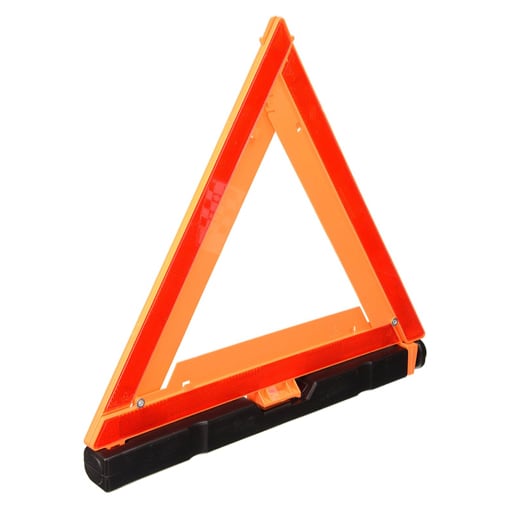
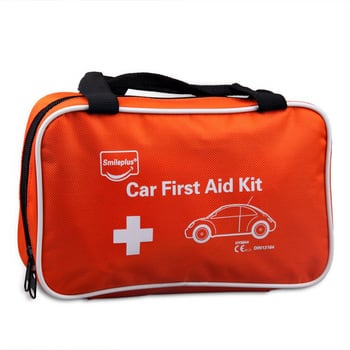
It is compulsary for all vehicles to carry a reflective vest or jacket, a warning triangle and a first aid kit when travelling in Austria. Drivers found without these pieces of equipment in their vehicle may be subject to very high on the spot fines. Equipment can be purchased from most automobile shops, garages and online.

Motorcyclists are legally only required to carry a first aid kit however the reflective jacket and warning triangle are „recommended” items.
Headlight Regulations
If you have a left-hand drive vehicle and are driving in Austria, your headlights should not be cause for concern. However if you have a right-hand drive vehicle your headlights will be pointing the wrong way for Austrian roads.
In this case you are obliged by law to either adjust your headlights or to purchase and fit a temporary conversion kit which are easily obtained online or from your local garage.
Essential Documents (as applicable)
- A valid full driving licence
- Vehicle registration doucment
- A motor insurance certificate
- Certificate of any breakdown insurance or contract
- Passport or ID card
- Travel insurance doucmentation
- Hire car documents
A further Recommendation:
Photocopy or scan all important documets to ensure that you have a copy in case of theft or loss.
Winter Regulations
From 1st November to 15th April each year, Austrian law states that any vehicle up to a weight of 3,5 tons driving on the Austrian roads when the conditions are wintery, must be fitted with winter tyres or have snow chains fitted to the driving wheels. The use of snow chains are however only permitted if the road on which you are driving is covered in snow or ice.
In practice and allowing for experienced advice, it is highly unadvisable to drive a car in Austria during the winter months without winter tyres fitted. The weather is unpredictable and as such, subject to sudden change. Snow chains are an excellent alternative to winter tyres but use is only permitted where the ground is covered in snow or ice which can mean a lot of taking chains off and on during a journey. It is also worth considering that even with winter tyres fitted, the use of snow chains is sometimes necessary or even compulsory.

Most importantly, be advised that if you are found driving without the necessary equipment, or if you are in an accident and your vehicle is found not to meet the seasonal requirements you will suffer heavy on the spot fines and it is likely that your car insurance will be deemed void.
Winter Hire Car
Do not assume that your hire car will meet with the Austrian road laws, particularly when hired from a location outside of Austria.

It is your responsibility to ensure that your car has the relevant winter equipment fitted. Make sure that you have the winter-equipment option selected at the point of purchase.
A further Recommenation:
It is worth adding a decent anti-freeze to your car radiator for driving in Austria during the time of the winter regulations. Ideally a product which will support temperatures of minus 20°C.
It is a good idea to add low temperature anti freeze to your windscreen reservoirs as well.
If you have a diesel car make sure you buy fuel capable of running in extreme cold.
Insurance and Breakdown Cover
It is your responsibility to ensure that your personal and vehicle travel insurance will cover you for your journey.
Breakdown cover is not compulsory but should be your first choice for an optional extra.
The Vignette
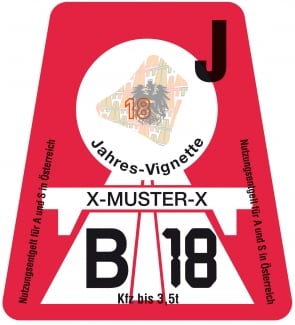
It is illegal to drive on the Autobahn without a valid Vignette and the fine for being caught without one can be up to €3000,00. A Vignette sticker can be purchased at almost any garage or rest station. The toll sticker must be applied to the upper left front windscreen of your vehicle. Hire cars should have these automatically, however if you hire a car outside of Austria you will probably have to purchase one.
Digital Vignettes are available to purchase online directly from the Asfinag. These toll purchases are registered to a car numberplate and so should only be purchased if you are driving your own car.
A Vignette, often referred to as a toll sticker, can be purchase for a period of 10 days, 2 months or for a year. Prices do increase a little each year. Motorcyclists can enjoy a discounted rate.
The Autobahn Toll

There are a number of Autobahn toll points through Austria, including the Tauern Tunnel en-route to St Michael. The Autobahn toll charge is nothing to do with the Vignette and a separate fee charged by the Asfinag and used for the upkeep of the roads and motorways.
At the time of writing in 2020, the rate of the toll into or out of the valley is a fee of €6,50. A pass card valid for 12 months can be purchased from the Asfinag and from a select few places around St Michael. The annual card costs €113,50 however with a valid year Vignette, and proof of the Vignette purchase, the card can be purchased at the discounted price of €73,50 . For many holiday makers, this is not a cost effective option, however if you are staying in the valley for an extended period and intending on travelling a distance on the motorway it is a worthy of consideration.
Tolls can be avoided at the expense of a little bit extra time and mileage. Any good route planner should give you the option to plan a route without toll stations.

